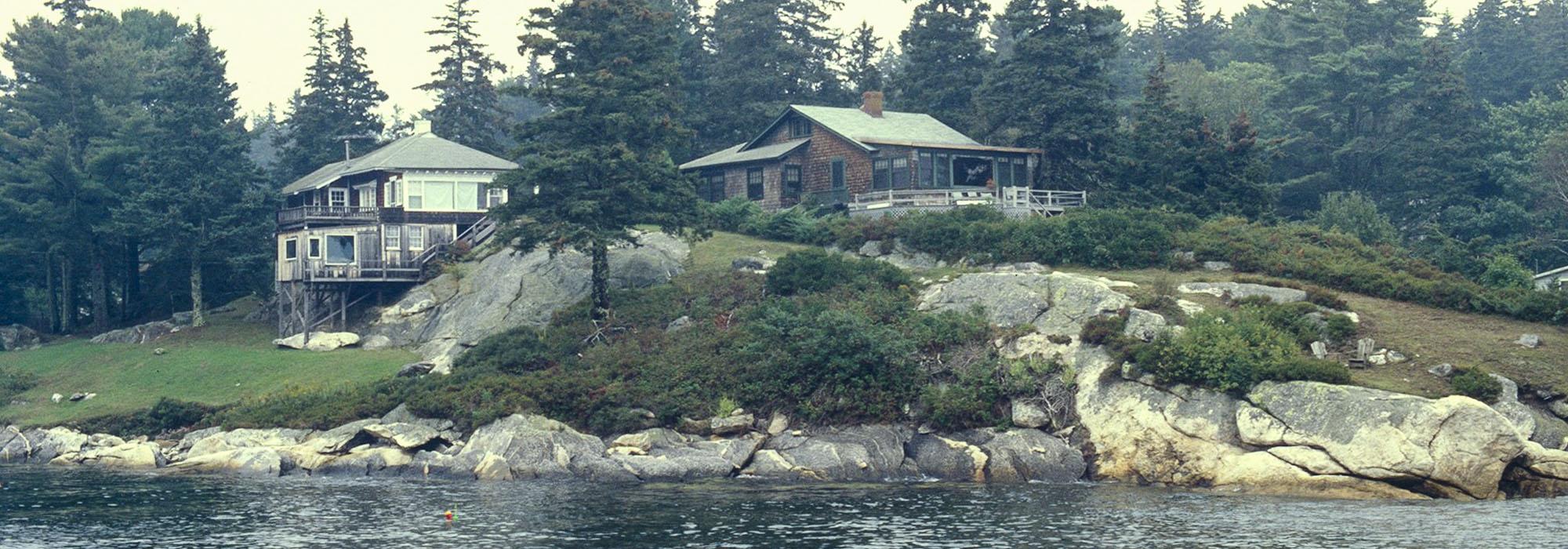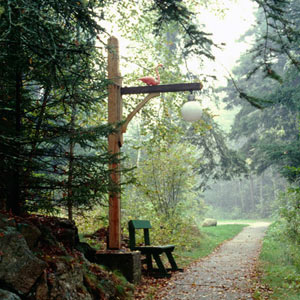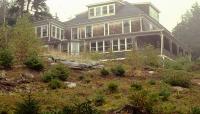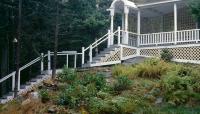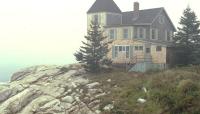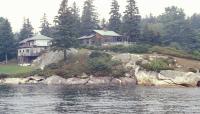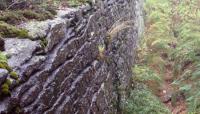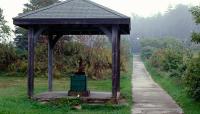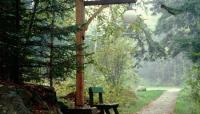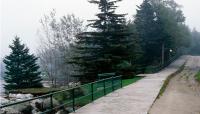Landscape Information
In 1868 investors from Lewiston/Auburn, Maine, purchased Squirrel Island from a family estate and incorporated two years later as a summer colony, a post-Civil War trend. The 130-acre island is a mile south of Boothbay Harbor, near other summer colonies. The natural landscape consisted of dense evergreen woodland, meadows, large amounts of exposed ledge and rocky shoreline, and a few sandy beaches in coves. Families originally camped in tents until a handful of investors created a subdivision plan and built fourteen cottages the first year. In the following years, benefactor Albert Davenport was responsible for numerous improvements: an ice cream spa, boardwalks that also served as spectator seating, clay tennis courts overlooking the ocean, a ramp for beach access, bleachers for baseball games, and water and sewer systems. In 1904 he donated the Shingle-style library and its books. By 1905 there were 115 cottages, mostly along the island’s perimeter, a public lane between the houses and bluffs, and numerous boardwalks and cement sidewalks for easy access across rugged terrain.
Fires in the 1930s and 1960s destroyed the hotel, casino, and some cottages. Today, approximately 100 cottages remain, along with the library, town hall, post office, and the 1879 chapel. Cottage architecture, pedestrian-only lanes, cement sidewalks, and a mile-long wooden boardwalk along the island’s perimeter contribute to the island’s rustic character. The Squirrel Island Preservation Foundation oversees land conservation, public-property improvements, public safety, and ecological protection, among other duties.



